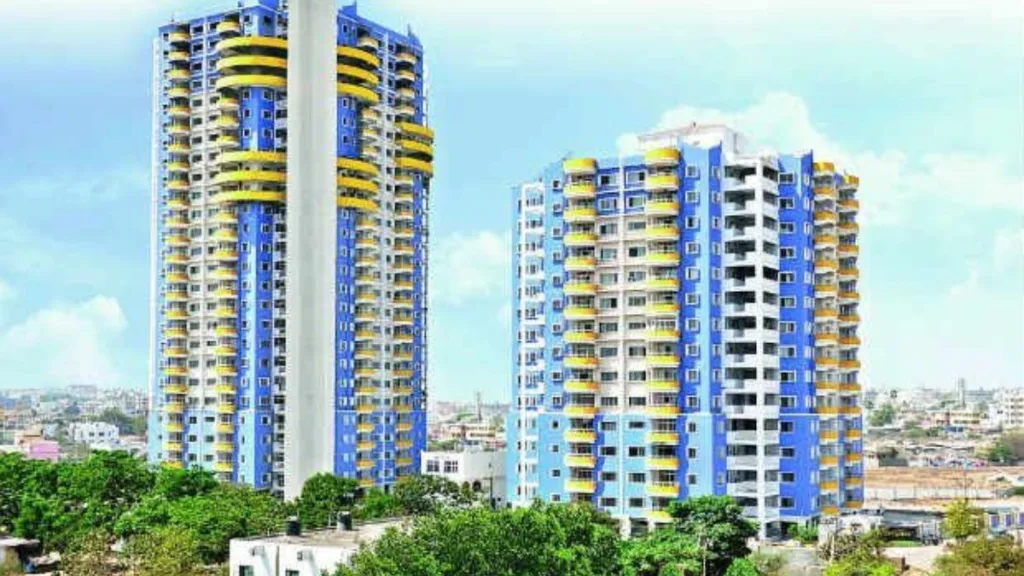Demand for larger homes: Average apartment sizes grow by 11% in 2023 in metro cities

Demand for larger homes: Average apartment sizes grow by 11% in 2023 in metro cities (Representational Image )
The residential real estate landscape in India witnesses an 11% annual increase in average apartment sizes across the top seven cities in 2023, indicating a robust demand for more spacious living spaces. The five-year trend reflects a substantial 24% rise, evolving from 1,050 sq. ft. in 2019 to 1,300 sq. ft. in 2023.
Regional Insights:
1. Delhi-NCR: The region experiences the highest surge, with average flat sizes escalating by 37% annually, from 1,375 sq. ft. in 2022 to 1,890 sq. ft. in 2023. Over the five-year span, there is an impressive 51% increase.
2. Hyderabad: Leading the pack with the highest average flat size of 2,300 sq. ft. in 2023, the city witnessed a substantial 30% yearly increase and a remarkable 35% growth over the last five years.
3. Bengaluru: Experiences a 26% yearly increase, elevating the average flat size from 1,175 sq. ft. in 2022 to 1,484 sq. ft. in 2023. Over a five-year period, Bengaluru sees a 16% rise, reaching 1,280 sq. ft. in 2019.
4. Pune: Records an 11% annual growth, resulting in an average flat size of 1,086 sq. ft. in 2023, compared to 980 sq. ft. in 2022. Over the past five years, Pune witnessed a substantial 19% increase.
Outliers:
MMR and Kolkata: These are the only two cities where average flat sizes declined annually by 5% and 2%, respectively. Despite the yearly reduction, both cities exhibit a rise in average sizes over a five-year span.
Luxury homes: More than one lakh units, approximately 23% of the total new launches in 2023, fall into the luxury category. This surge in the supply of larger luxury homes aligns with the sustained demand observed since the onset of the pandemic, indicating a lasting shift in homebuyer preferences.
“The demand for bigger-size homes was kick-started by the pandemic, but there are no signs of it waning three years later. Led by an enduring ‘new normal’ in homebuyer preferences, this demand seems eminently sustainable,” comments Anuj Puri, Chairman – ANAROCK Group.
The trend underscores a continued inclination towards spacious living spaces, challenging conventional norms even as the housing market adapts to evolving buyer preferences.









